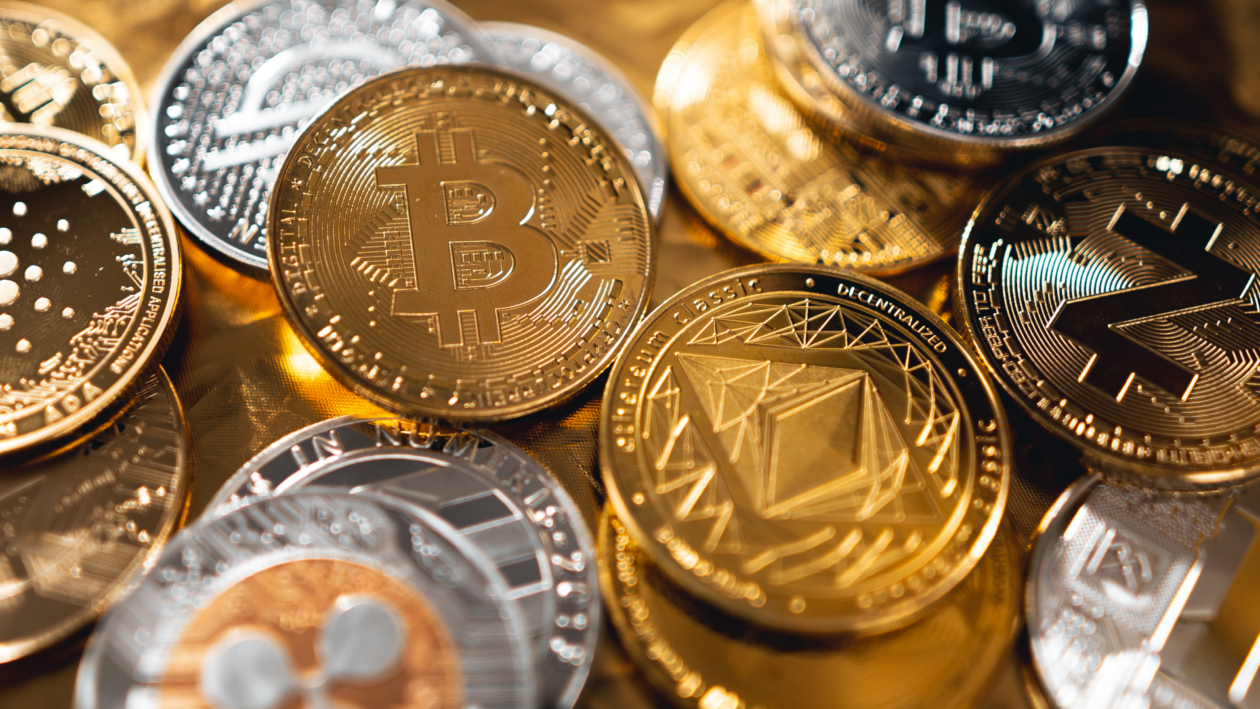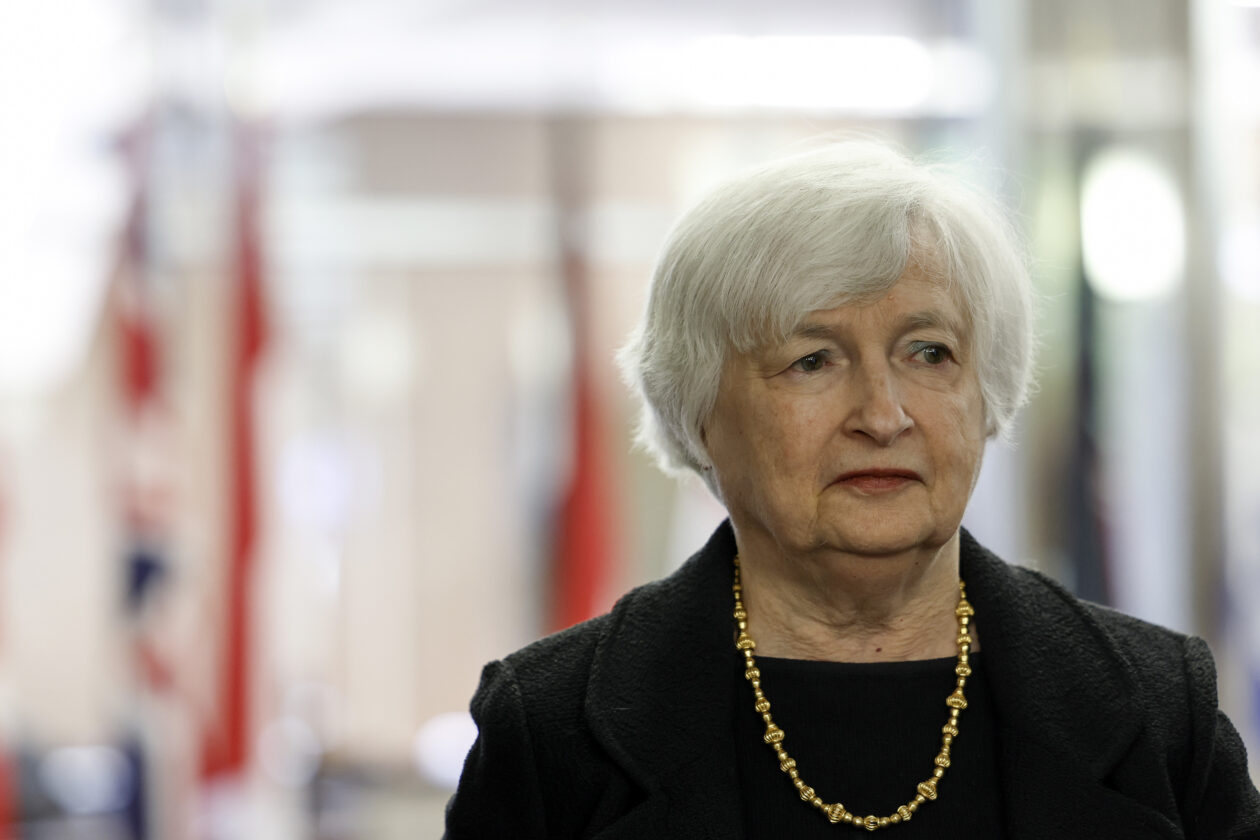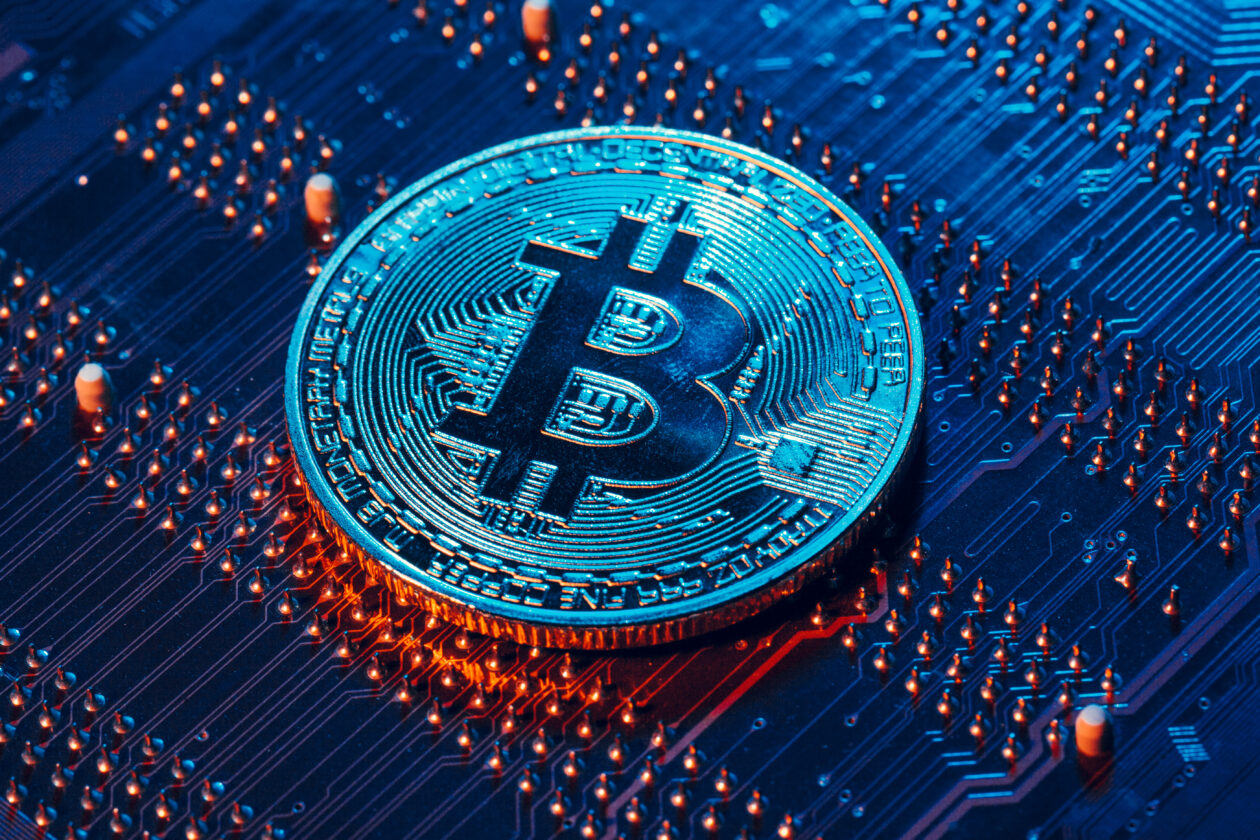Bitcoin prices rose on Monday morning in Asia to above US$27,000 amid higher transaction fees due to congestion on the network. Ether managed to rise above the US$1,800 support level while its blockchain developers say they have added updates to fix what caused last week’s performance issues. Litecoin led the gainers amongst other top 10 non-stable coin cryptocurrencies. U.S. equity futures edged down on Friday as U.S. investors fear a possible debt default.
See related article: Weekly Market Wrap: Bitcoin dips to US$26,166 as memecoins flood the blockchain
Bitcoin, Ether edges up from weekly losses

Bitcoin gained 1.15% to US$27,010 in the 24 hours to 9:30 a.m. in Hong Kong, according to CoinMarketCap data. It posted a weekly loss of 5.18%.
Over the weekend, the world’s largest cryptocurrency recorded a 2-month low, falling to US$25,964 on Saturday. The token has been experiencing network congestion with the popularity of Bitcoin Ordinals and new BRC-20 memecoins Pepe and Floki, driving up transaction costs.
Ether edged up 0.69% to US$1,809, maintaining the key US$1,800 support level, but down 3.54% over the past seven days.
The Ethereum blockchain experienced technical issues twice on May 11 and 12 that caused the network to halt finalizing blocks, concerning users of the blockchain’s performance stability.
On Saturday, Ethereum blockchain consultant Superphiz said on Twitter that the issue — which “appears to have been caused by a high load on some Consensus Layers clients, which in turn was caused by an exceptional scenario“ — had been resolved.
Ethereum developers deployed updates in response to the tech problem, Superphiz confirmed.
All other top 10 non-stablecoin cryptocurrencies traded higher on Monday morning. Litecoin led the gains, adding 3.97% to US$83.50. The Bitcoin-like cryptocurrency faced a surge in interest due to the higher transaction fees affecting the world’s most dominant digital currency.
Litecoin is also having its quadrennial block halving event on Aug. 3. Halving refers to a pre-programmed reduction of the rate at which new tokens are created, which reduces supply and can drive prices higher.
The total crypto market capitalization rose 0.43% in the past 24 hours to US$1.13 trillion. The total trading volume dropped 3.02% to US$22.07 billion.
NFT index rises, Bitcoin Ordinals post highest sales
In the non-fungible token (NFT) market, the Forkast 500 NFT index added 0.97% to 3,342.85 points in the 24 hours to 12:30 p.m. in Hong Kong, but is down 5.10% for the week.
NFT sales on the Ethereum blockchain fell 15.52% in the past 24 hours to US$12.74 million, according to Cryptoslam data. However, NFT buyers on the Ethereum blockchain totaled 53,417 in the past seven days — a 188.55% increase from the previous week.
With the continuing rise in popularity of Bitcoin Ordinals — a type of NFT that are inscribed on individual satoshis, the smallest unit of Bitcoin — Bitcoin placed second on Cryptoslam’s blockchain ranking by NFT sales volume. That was an 80% rise taking the total to US$2.11 million.
“NFTs on the OG blockchain were red hot,” said Yehudah Petscher, an NFT strategist at Forkast Labs. As a result, he added, “the Bitcoin ecosystem seems to be in ‘up only’ mode right now, and when that will end, nobody knows.”
Ordinals also had the highest sales in the past seven days among NFT collections, jumping 459.16% to US$15.5 million. Binance NFT marketplace announced on May 9 that it plans to support the Bitcoin-based NFTs later this month.
U.S. equity futures dip on default fears

U.S. stock futures traded flat to lower as of 11:00 a.m. in Hong Kong. The Dow Jones Industrial Average futures edged down 0.039%. The S&P 500 futures fell 0.042%, while the Nasdaq Composite futures lost 0.078%. The three U.S. indexes fell in regular trading on Friday as concerns remain about liquidity at regional banks and delays in talks to raise the debt ceiling.
Treasury Secretary Janet Yellen said earlier in May that the Treasury will start to fail to meet U.S. payment obligations as early as June 1. Faster action is needed by Congress to avoid that scenario, she said.. But with an agreement yet to be reached, concern that the crisis could lead to a debt default is affecting general investor sentiment.
During last week’s Group of Seven finance ministers meeting in Japan, Yellen said that a U.S. default would spark an “economic and financial catastrophe” that will trigger a “global economic downturn.”
Yellen plans to update Congress on just how close the country is to defaulting on its financial obligations in the next two weeks, Bloomberg reported Saturday.
Meanwhile, President Joe Biden and congressional leaders are scheduled to gather this week to discuss the forthcoming “X date,” or when the government may go into default.
On June 14, the Federal Reserve will decide its next move on interest rates. The rate of between 5 and 5.25% is the highest since 2006. The CME FedWatch Tool predicts a 84.5% chance the Fed will keep rates unchanged in June. However, it also predicts a 15.5% chance for another 25 basis-point rate hike, up from 3.9% on Friday.






